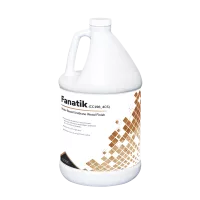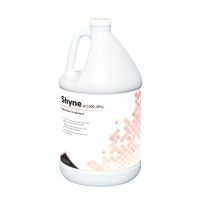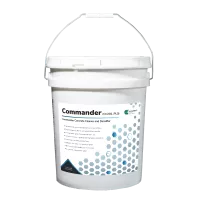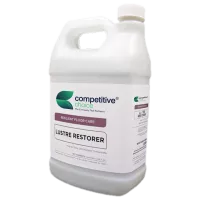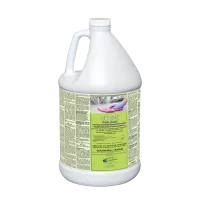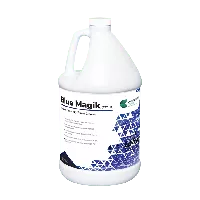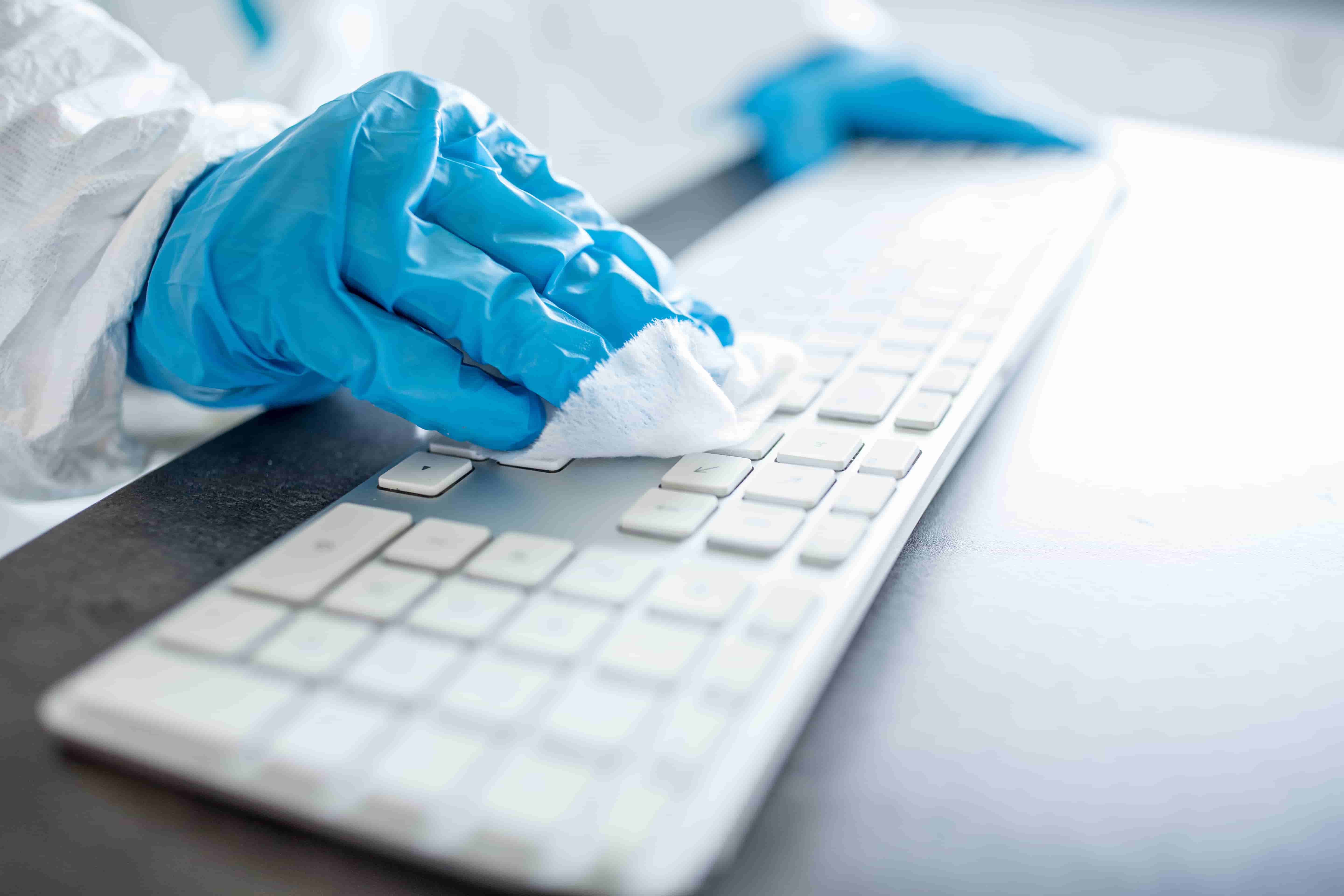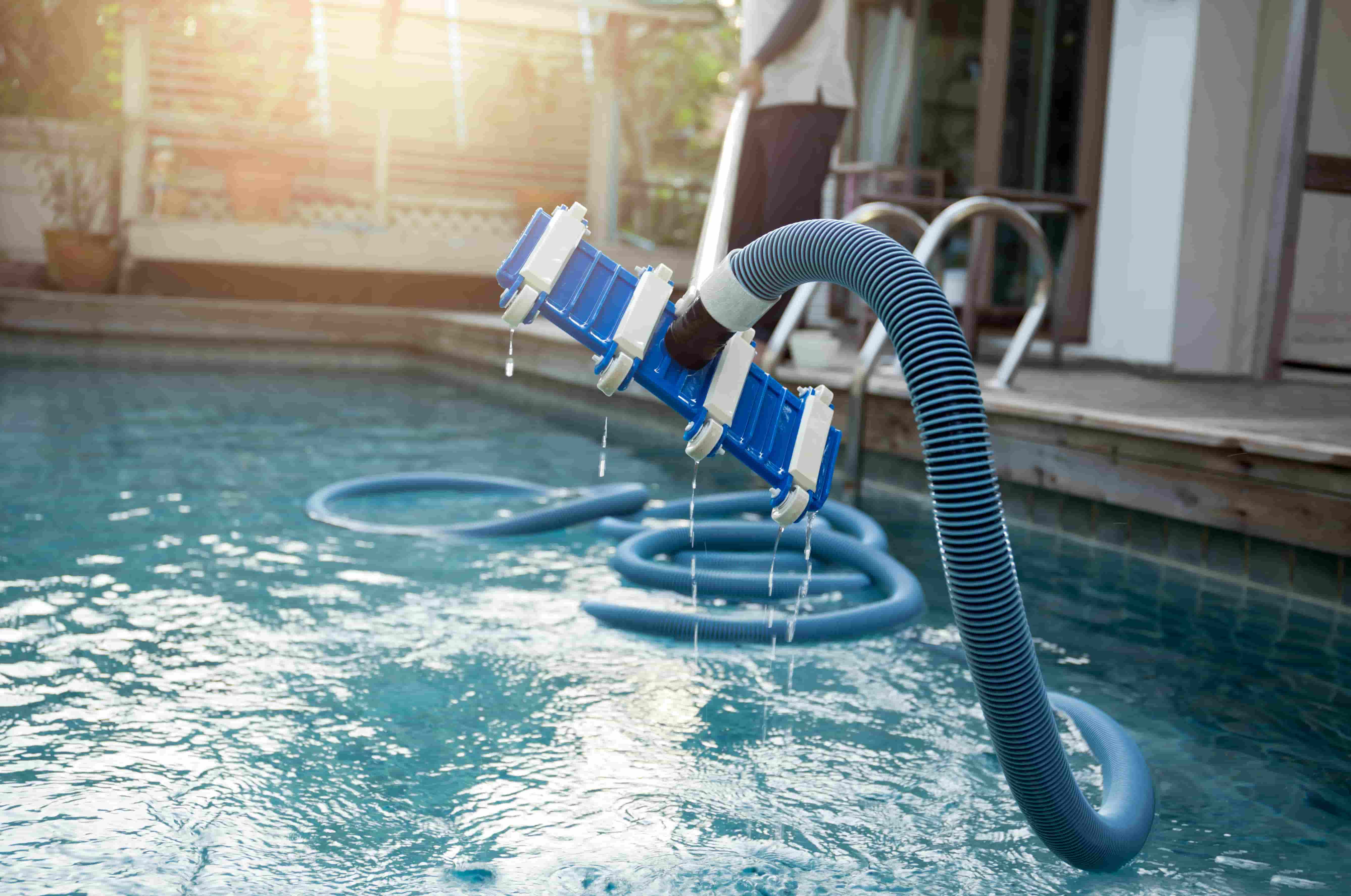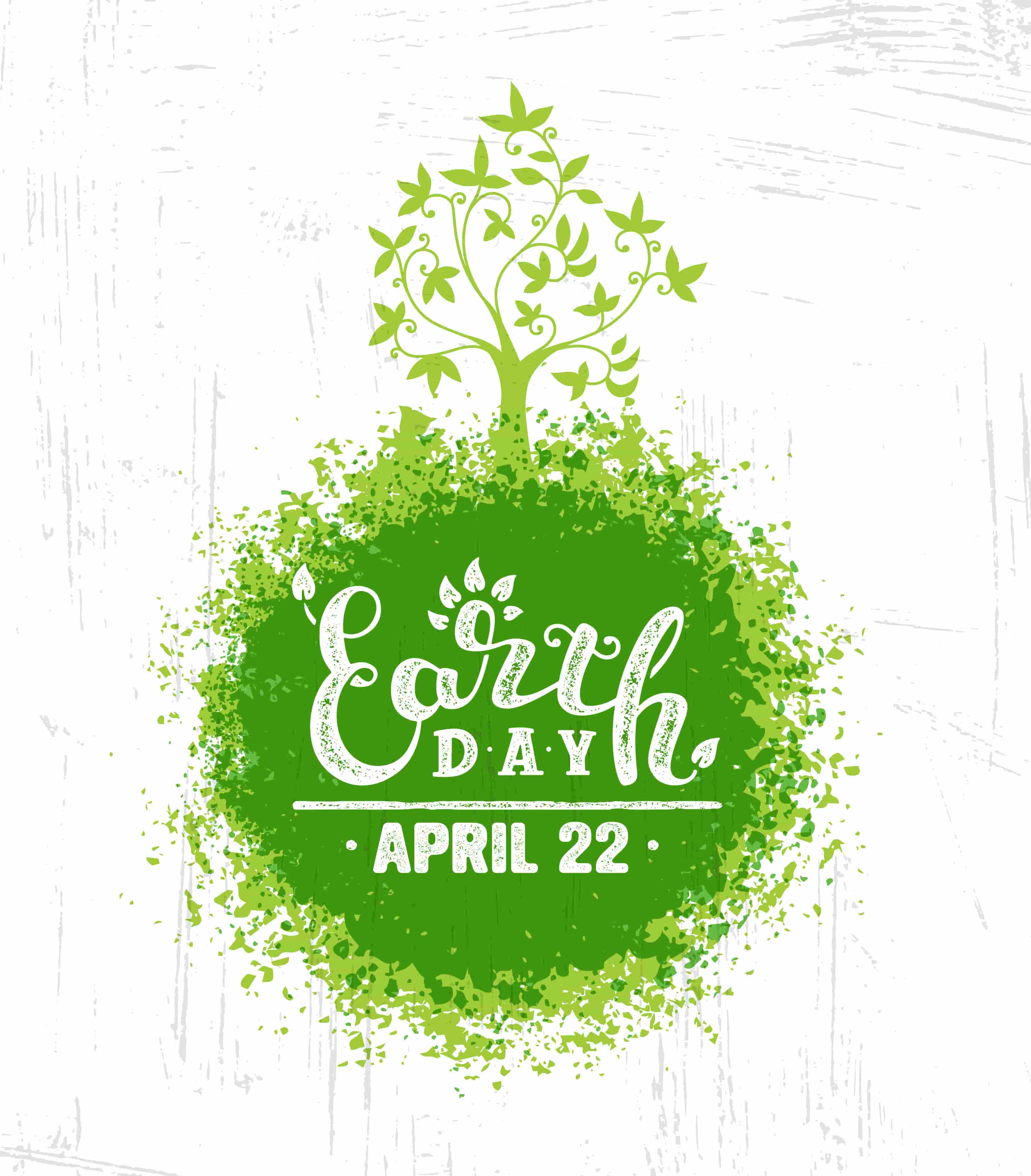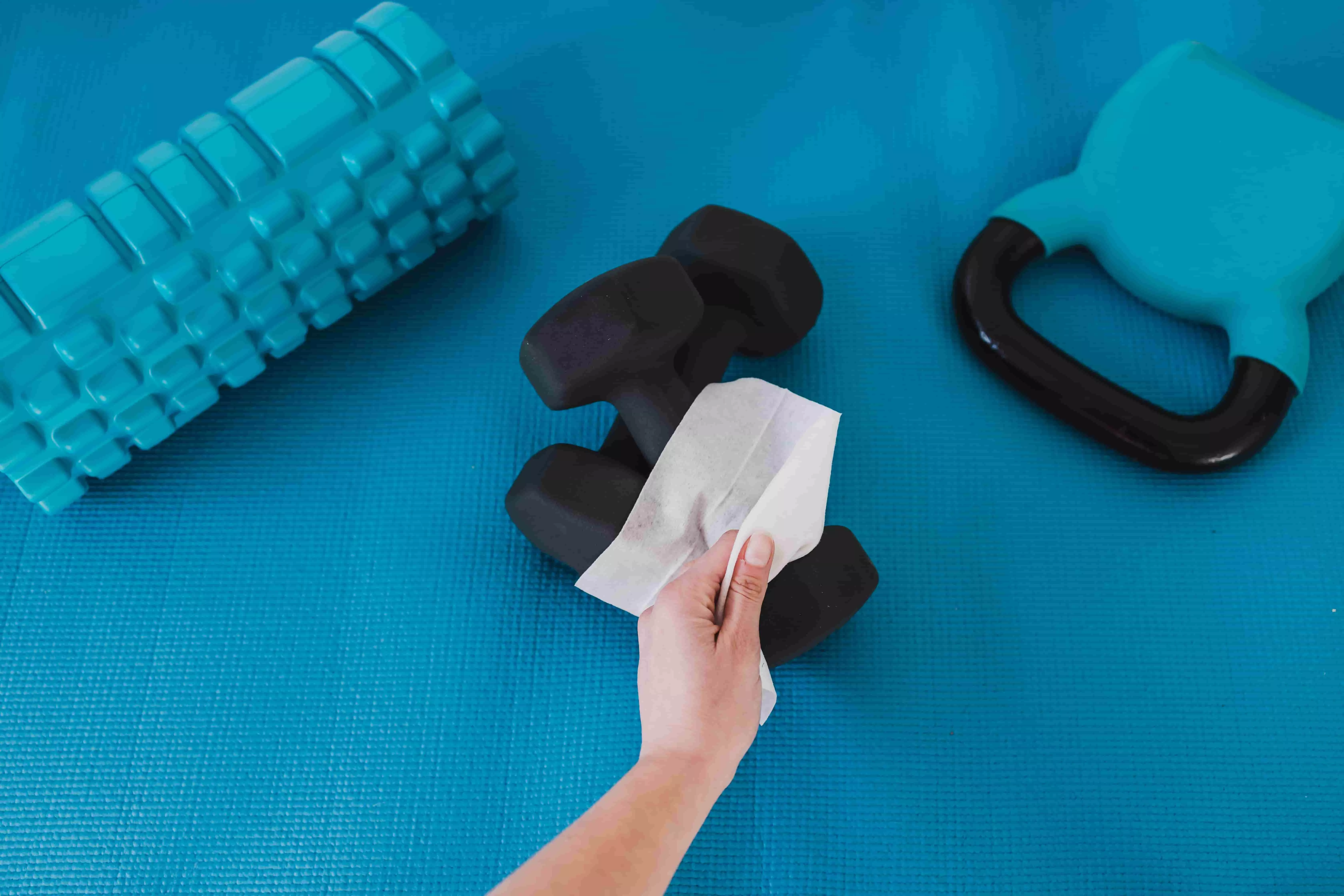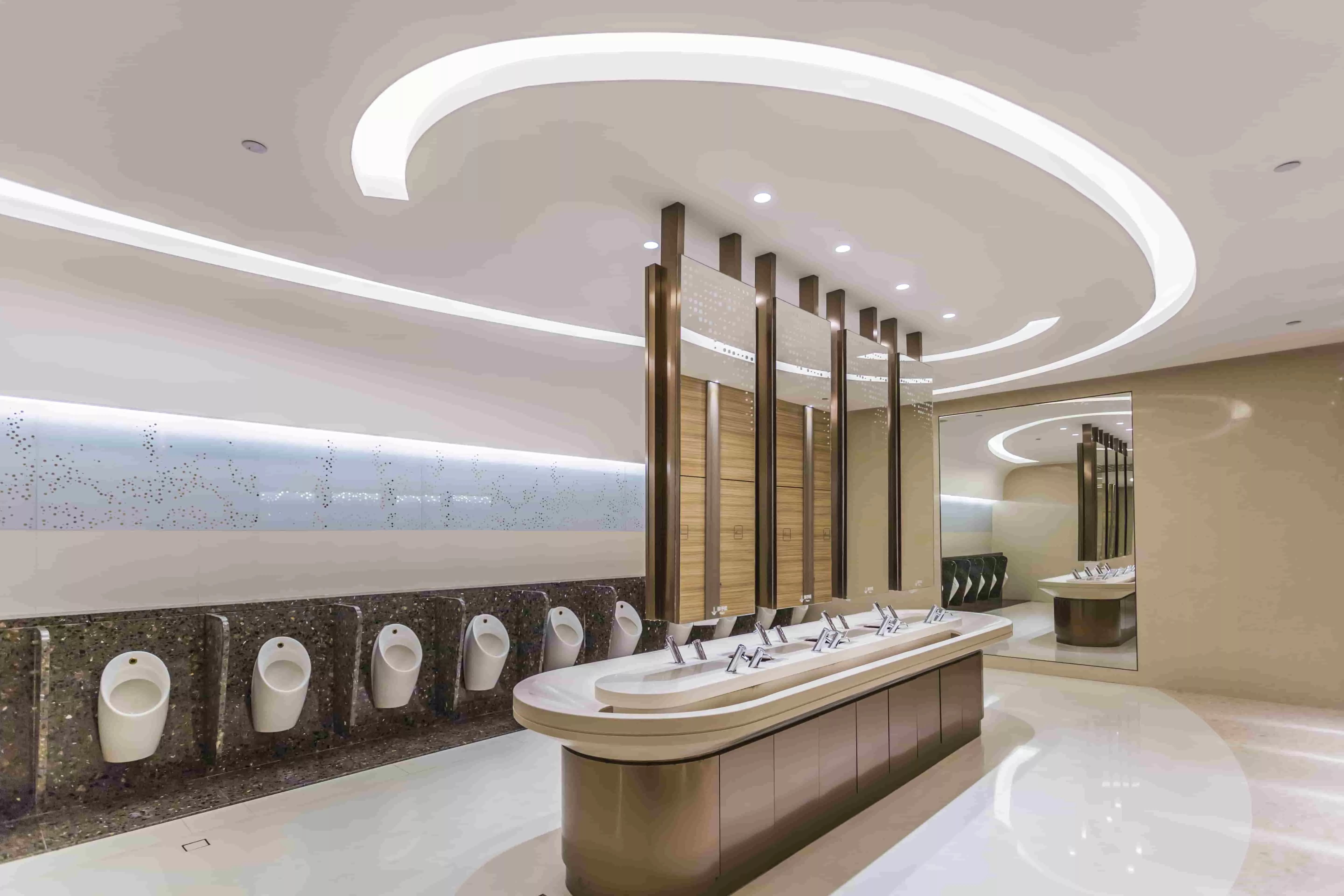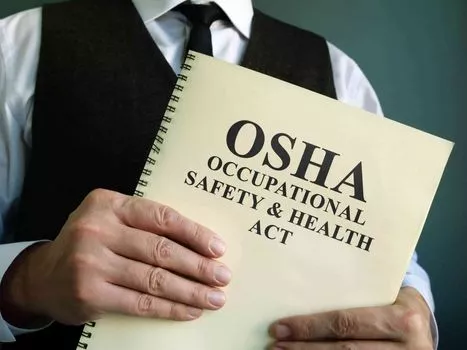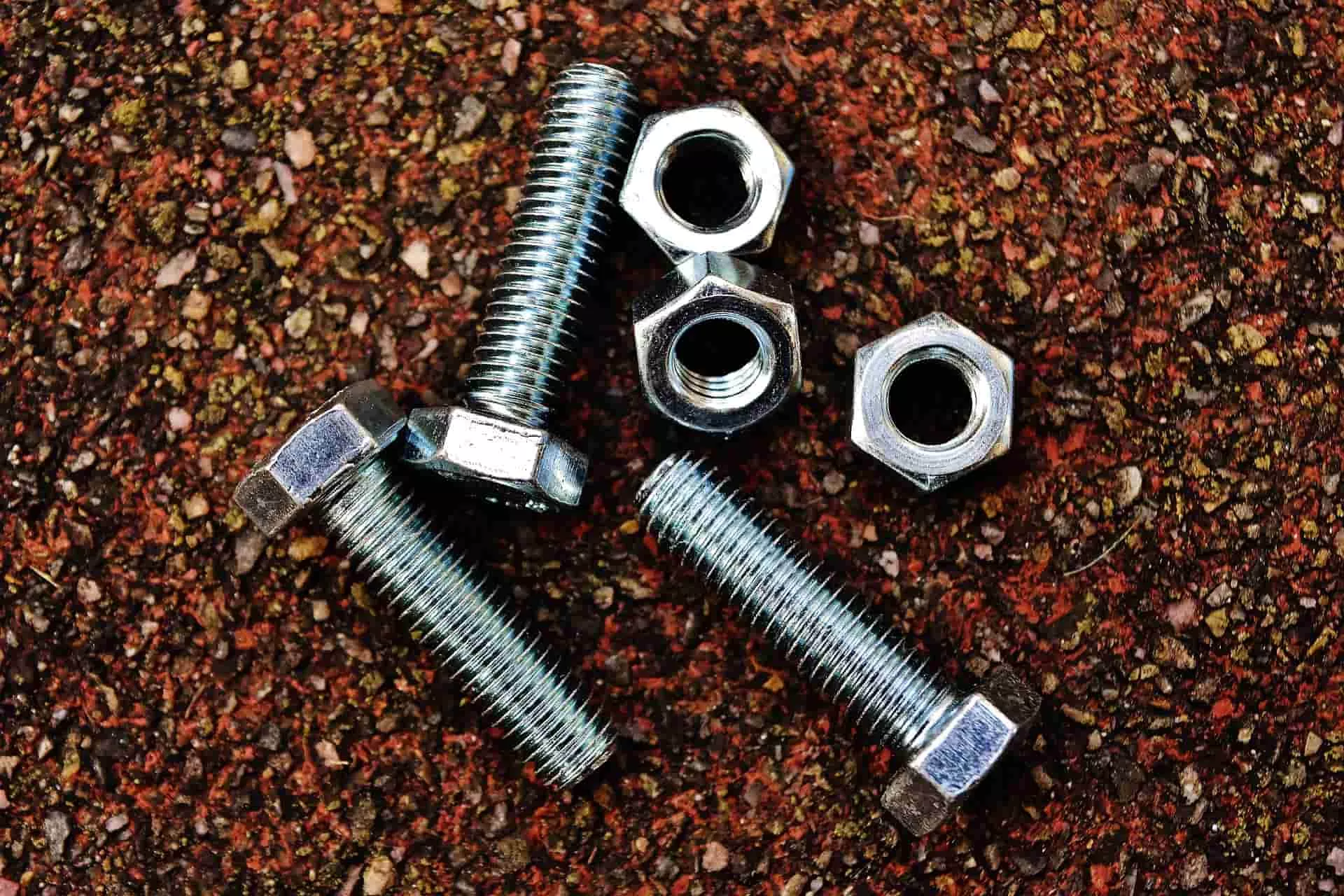In this comprehensive guide, we will delve into floor cleaning and maintenance. From the timeless elegance of hardwood to the robustness of concrete, to the resilience demanded by high-traffic school and healthcare facility floors, we will provide you with expert insights and specific recommendations. Whether you're a homeowner aiming to protect your investment or a facilities manager striving to ensure a safe and hygienic environment, this guide will empower you with the knowledge required to keep your floors in pristine condition.
Wood Floors
Wood floors, with their classic appeal and natural charm, are a popular choice for many homeowners and small businesses. However, they are also among the most delicate when it comes to maintenance:
Regularly sweep or vacuum with a soft brush attachment to remove dust and dirt.
Use a damp (not wet) mop and a pH-neutral wood floor cleaner to clean the surface. Avoid excess water, as it can damage the wood.
For tougher stains, consider a specialized wood floor cleaner.
Avoid harsh chemicals, ammonia-based products, and abrasive scrubbers, as they can damage the finish.
Recommended cleaner: CCI Fanatik - Water Based Single Component Urethane Wood Finish, 29% Solids, 4X1 Gallon



